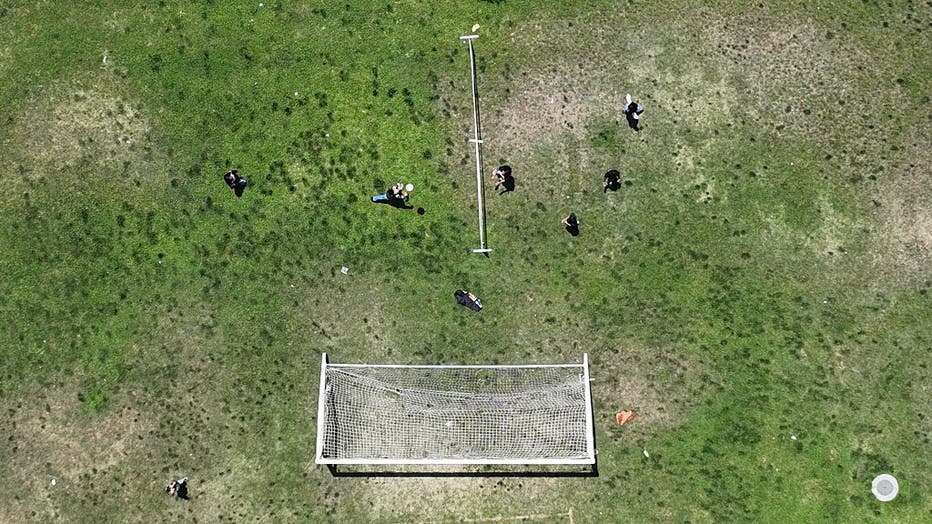Contaminated soil found at many Pasadena Unified schools months after Eaton Fire

Toxic soil found at Pasadena public schools
Nearly half of Pasadena Public schools have soil contaminated with elevated levels of lead, arsenic and chromium.
PASADNEA, Calif. - New test results from the Pasadena Unified School District show elevated levels of toxins in the soil on nearly half of the district's school campuses.
Heavy metals in school soil samples
What we know:
The district shared test results last week on their website.
Nearly half of all the school campuses tested had higher than normal levels of heavy metals like lead, arsenic or chromium in the soil.
The district also tested for other types of heavy metals like cadmium, copper, nickel, and zinc, but did not find any elevated levels in soil samples, according to the latest results.
By the numbers:
According to the Environmental Protection Agency, children exposed to lead can suffer from brain and nervous system damage, slowed growth, learning difficulties and more. Arsenic is known to increase the risk of many different types of cancers, according to the state of California.
California's screening limit for lead in soil is 80 parts per million. Many of the samples taken in Pasadena this month exceeded twice or even three times that limit. For example, on Blair High School's campus, samples taken from near the outdoor athletics facilities were found to have between 135 and 253 ppm of lead.

An aerial view of students playing volleyball and soccer at Octavia E. Butler Magnet school in Pasadena, California on Friday, May 16, 2025. (Allen J. Schaben / Los Angeles Times via Getty Images)
For arsenic, the state's soil screening level is 0.11 ppm. Soil from a portion of a field at San Rafael Elementary recorded levels of more than 92 ppm.
The district is still doing tests on soil across all its properties, and will continually be updating their findings online. The full list of test results, complete with maps of affected areas, can be found on the district's website by tapping or clicking here, then expanding the "Soil Test Results" section.
Has anyone been exposed?
Why you should care:
The district says that there is "no indication" that any students or staff members have been exposed to any of the dangerous chemicals found in the soil samples. Officials said the impacted soil is predominantly in low-traffic areas.
At the affected schools, the district has kept contaminated areas off limits, and the district said it will continue to test the soil while the schools remain open.
"Remediation work will likely occur during the summer," the district says on its website.
PREVIOUS COVERAGE: Pasadena finds elevated lead levels in 2 neighborhoods; closes fields for more testing

Pasadena high lead levels force park closures
Pasadena has closed two baseball fields after tests showed elevated lead levels in the Eaton Fire Burn area. Officials are doing further testing.
The backstory:
Health officials have been testing the soil in the Pasadena and Altadena area since the Eaton Fire was contained in January. In April, the Los Angeles County Department of Public Health found elevated lead levels in the soil in two separate neighborhoods about a mile from the burn zone, prompting the city to close areas of several local parks.
Lead levels in those two neighborhoods exceeded the screening level of 80 parts per million, which officials said isn't toxic, but does require further testing.
After the County released its results in April, the PUSD decided to do its own testing.
The Source: Information in this story is from reports on the Pasadena Unified School District website, the Environemtnal Protection Agency and more

